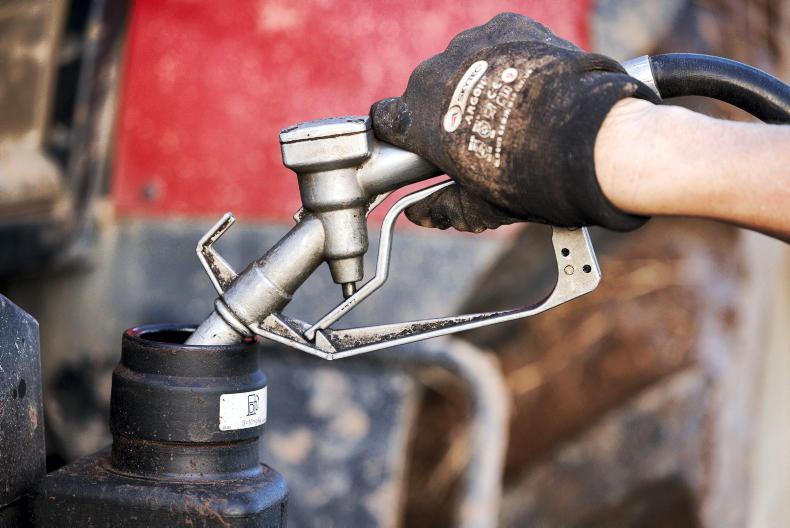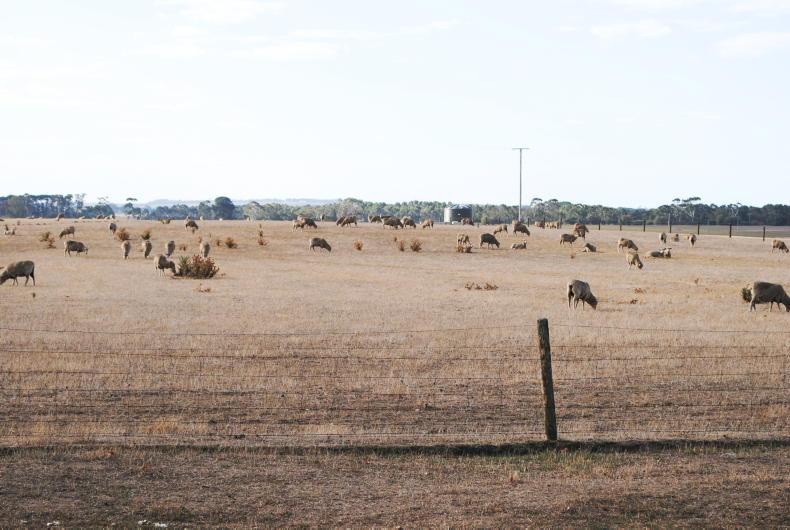Lorries carrying Ukrainian grain are among those waiting for an average of 16 days and as long as 30 days at some of the country’s land borders, according to exporters.
The war-torn country’s farmers and grain exporters are working to try to export their produce over Ukraine’s land borders into Europe as export by sea from ports in the south has been prevented by blockades and a lack of protection from Russian attack.
Following calls for action by Ukraine to greater enable it to export grain over land borders, the European Commission announced on Thursday that it will enact an action plan to establish “solidarity lanes”.
These lanes in and out of Ukraine at EU borders will also allow the more efficient movement of goods into Ukraine, from humanitarian aid to animal feed and fertiliser.
Some 75% of Ukraine’s grain production is exported, generating around 20% of national annual export revenues for the country.
Before the war, Ukrainian Black Sea ports accounted for 90% of its export of grain and oilseeds and this has been greatly affected by the Russian attack.
Export delays
In spite of immediate efforts by the EU and its member states to ease border crossings between Ukraine and the EU, thousands of grain wagons and lorries are waiting for clearance on the Ukrainian side, according to exporters.
Officials from the Ukrainian Agribusiness Club (UCAB) described the grain wagon delays in Ukraine during briefing of western media on Thursday.
They said the average current waiting time for these grain lorries is 16 days but that it can be up to 30 days at some borders. Exporters are essentially having to park at borders in long queues while they wait for clearance to enter the EU.
Challenges
The delays are created by a number of challenges including the different rail track gauge widths which means Ukrainian wagons are not compatible with most of the EU rail network. In order to get grain loads moving, they need to be transferred to lorries or wagons that fit the EU standard rail track gauge.
Exporters have highlighted that this process is time-consuming and that facilities along the borders to transfer the grain are scarce.
In an unfortunate irony, the rail tracks at the other side of Ukraine, heading into Russia, are a match.
The situation is threatening global food security and there is an urgent need to establish alternative logistics routes using all relevant transport modes, says UCAB.
European Commission action
To address the Ukrainian exporters’ challenges in set up the solidarity lanes, the European Commission says it will work to secure additional freight rolling stock, vessels and lorries. In order to match demand and supply and establish the relevant contacts, the Commission will set up a matchmaking logistics platform and ask member states to designate dedicated “solidarity lanes” and contact points for Ukrainian drivers.
Brussels says that Ukrainian agricultural export shipments should be prioritised, and infrastructure managers should make rail slots available for these exports.
Road transport agreement
The Commission also called on “grain market players” to transfer mobile grain loaders to the relevant border terminals at the Ukrainian border to speed up shipment. A road transport agreement with Ukraine will also remove bottlenecks.
The Commission is also urging member state authorities to apply “maximum flexibility” and to provide adequate staffing to accelerate procedures at border crossing points. It is also assessing the capacity of storage facilities within the EU to temporarily hold Ukrainian agricultural exports.
In the long term, the Commission says it will also work on increasing the infrastructure capacity and connections for the movement of goods between the EU and Ukraine.










SHARING OPTIONS